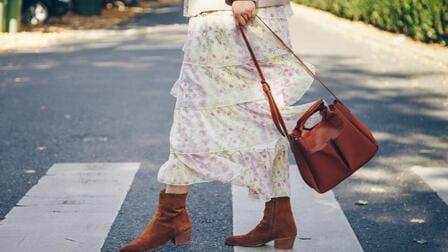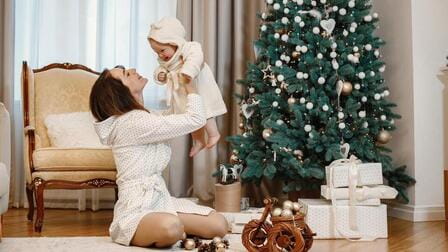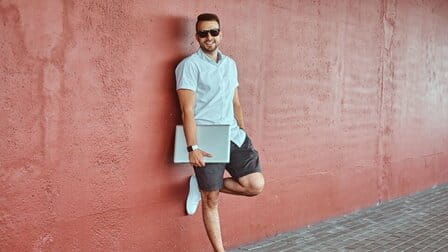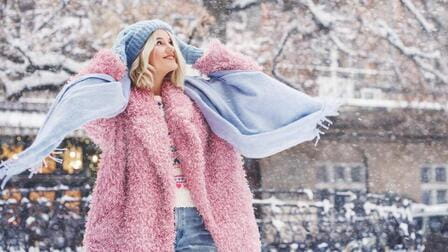Dressing your baby appropriately for sleep during the winter months can seem daunting for new parents. Babies lose heat quickly, so keeping them warm enough through the night without overheating is essential.
The good news is that with some practical tips on how to dress baby for sleep in winter, you can ensure your little one stays cozy and comfortable all night long. In this article, I'll provide everything you need to know about dressing baby for sleep in the colder weather.
Understand Your Baby's Needs
The most important thing to keep in mind is that babies should not feel too hot or too cold. A good rule of thumb is to dress your baby in one more layer than you would wear to be comfortable. Babies' comfort levels can vary, though, so make sure to check on yours through the night. If your baby is sweating or their chest feels hot, remove a layer. If their skin feels cool or their extremities are cold, add another layer.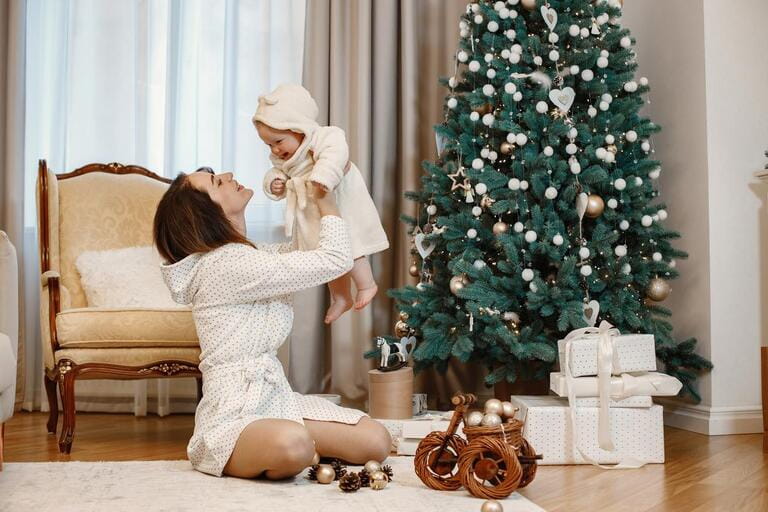
Focus on Breathable Layers
When it comes to how to dress baby for sleep in winter, breathable layers are key. Look for footed sleepers or one-piece pajamas made with natural fibers like cotton or bamboo. These allow ventilation so your baby doesn't get too warm. Stay away from thick, fuzzy fabrics that don't breathe well. You can also look for moisture-wicking sleepwear to keep your baby's skin dry through the night.
Use the Right Weight for Sleepwear
Choose the weight of your baby's sleepwear based on the temperature of their room. A good guideline is:
- Lightweight: For temperatures 68°F and above
- Medium Weight: For 65° - 68°F
- Heavyweight: For 64°F and under
You may need to adjust up or down a weight if your baby runs hot or cold.
Add Other Layers as Needed
In chilly weather, pairing pajamas with additional layers can help keep your baby warmer. Some good options are:
- Long-sleeved bodysuit underneath sleepwear
- Sleep sack or wearable blanket over pajamas
- Swaddle blankets for newborns
- Socks or booties on feet
Take care not to bulk up your baby too much, as this can restrict movement and be unsafe.
Use Layers You Can Adjust
Look for sleep layers like sleep sacks that allow you to add or remove leg coverage as needed. Having this flexibility makes it easier to modify your baby's temperature throughout the night.
Take Proper Precautions
Be sure your baby's face, head, and ears are not covered by blankets while sleeping to prevent overheating and suffocation risks. Don't overdress them in bulky clothing either. Keeping their sleep space at a safe room temperature will also help prevent issues.\n\n## Adapt as Your Baby Grows
A newborn will need more layers than an older baby through the winter. Adjust the weight and number of layers as your baby grows and their needs change. You may also have to tweak their sleep attire as they become more mobile.
Check on Your Baby
Monitor your baby through the night to see if temperature changes are needed. Your baby's needs will evolve as they develop, so remain observant.
5 FAQs about Dressing Babies for Sleep in Winter
1. What temperature should my baby's room be for sleep in winter?
Between 68-72°F is ideal. Use a nursery thermometer to monitor temperature.
2. Can my newborn overheat while sleeping?
Yes. Newborns are at higher risk. Ensure their head and face are uncovered and avoid over-dressing.
3. What are signs my baby is too hot or too cold while sleeping?
Too hot: sweating, damp hair, hot chest, flushed cheeks. Too cold: cool extremities, shivering.
4. Is it OK for my baby to sleep with a hat on?
No. Babies should never sleep with hats or hoods up due to suffocation risks.
5. What pajamas work best for winter?
Cotton, fleece, or wool pajamas maintain warmth without overheating. Look for footed styles with long sleeves.
Conclusion
Dressing your baby appropriately for warm, safe sleep through the winter is achievable with some practical tips in mind. Focus on breathable layers, adjustable levels of warmth, and keeping your baby's face and head uncovered. Monitor your baby's comfort through the night and modify their sleep attire as needed. With the right winter wardrobe and safety practices, you can help ensure your little one stays cozy all night long.


